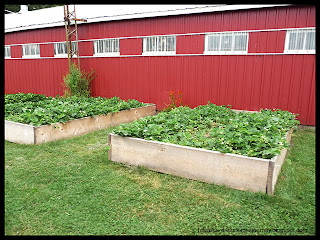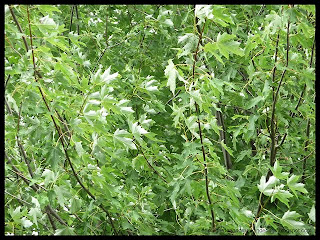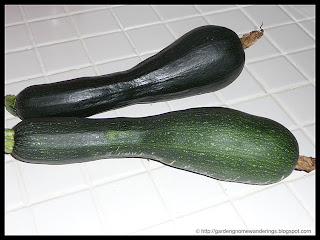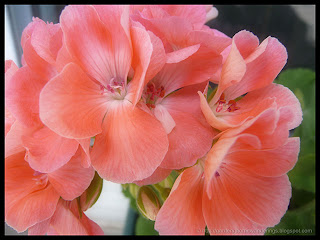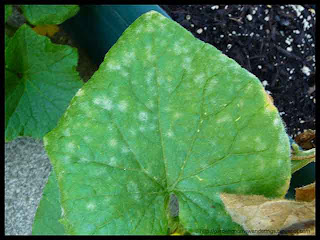Pinnacle® Salmon '07 Geranium
July 12, 2010
Geraniums have never been my favourite garden plant. The reason being my mother would line every windowsill in the house with geranium cuttings in the fall so she would have geraniums for the following year. I found the scent overpowering. The past few years I have come to appreciate the simple beauty of geraniums. They are available in a wide range of colours and some even have double blooms. I find they add a wonderful splash of colour. Geraniums are also relatively problem free making them ideal for new home gardeners. I'm a bit partial to the salmon geraniums. I bought 10 of these geraniums from our neighbour's kids who were selling them as a school fundraiser. As a result they were a bit more expensive at $3 each for a 4" potted geranium but it was going to a good cause.
What is interesting about this particular variety of geranium is on the tag it says
propagation prohibited. This is becoming increasingly more common for some hybrid flowers. It means the plant developer owns the patent on that cultivar. It sometimes appears as
PP on the tag. However, it is basically useless for home gardeners propagating plants for their own use! First few read the tag anyway especially for plants like geraniums and second the tag usually ends up being lost because the plants are repotted. Unlike many, I tend to keep the tags with the plants if at all possible but that is simply for easy identification of plant varieties later. Any home gardener is going to propagate the plants they like. That is a given. In this case the plant developer is concerned about asexual propagation (cuttings, division) not pollination. The reason is asexual propagation results in exact copies of the plant that they hold the rights to. The idea that the plant developer can prevent a home gardener from using asexual propagation methods on their protected plant is nonsense
but they can prevent you from selling any plants propagated asexually from the original plant. It's the same principle as the music copyright issue. They can't stop you from making a copy of a song for personal use but they can go after copyright infringement if you sell the copy. Technically, the
propagation you can do on plants that are marked propagation prohibited are by pollination (sexual plant reproduction). So you should not collect seeds or take cuttings however some plants will propagate through dropped leaves or seed. Legally you do not have to destroy the plants that result from this but you cannot sell those plants. The plant can be divided to suit your needs but you cannot sell the divisions.
In Canada a plant developer can apply for Plant Holder's Rights. Once granted the rights are for 18 years providing a renewal fee is paid annually. There are two exemptions to the Plant Holder's Rights
Research Exemption: Protected varieties may be used for breeding and developing new plant varieties without the permission of the holder of the rights.
Farmers' Privilege: Farmers may save and plant their own seed of protected varieties on their own land without infringing on the holder's rights.
A plant developer's rights may be revoked for failure to pay the annual fee as well as failure to maintain propagation or proving the variety is being maintained. The rights can also be revoked it is found the plant developer was selling the variety before being granted the rights. It is quite possible that even though the tag says
propagation prohibited the plant is no longer protected under the Plant Holder's Rights. From a home gardening perspective, taking cuttings from a
propagation prohibited plant to create new plants should be for personal use only. However, there is nothing to restrict you from collecting seeds from the plant or using that plant to do a cross with another variety of the same plant to create a new but different plant from the parental plant.
Happy Gardening!
Garden Gnome
©2006-2010



